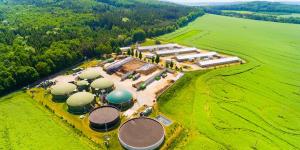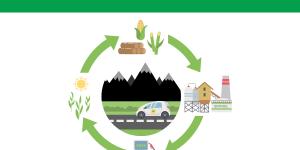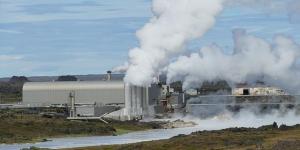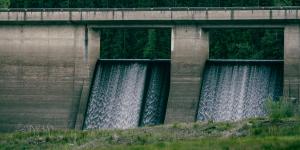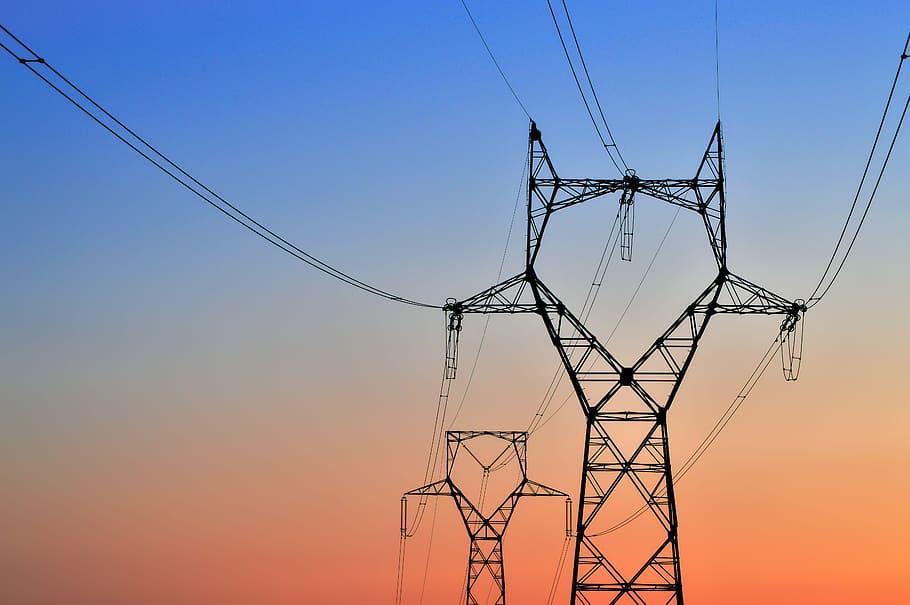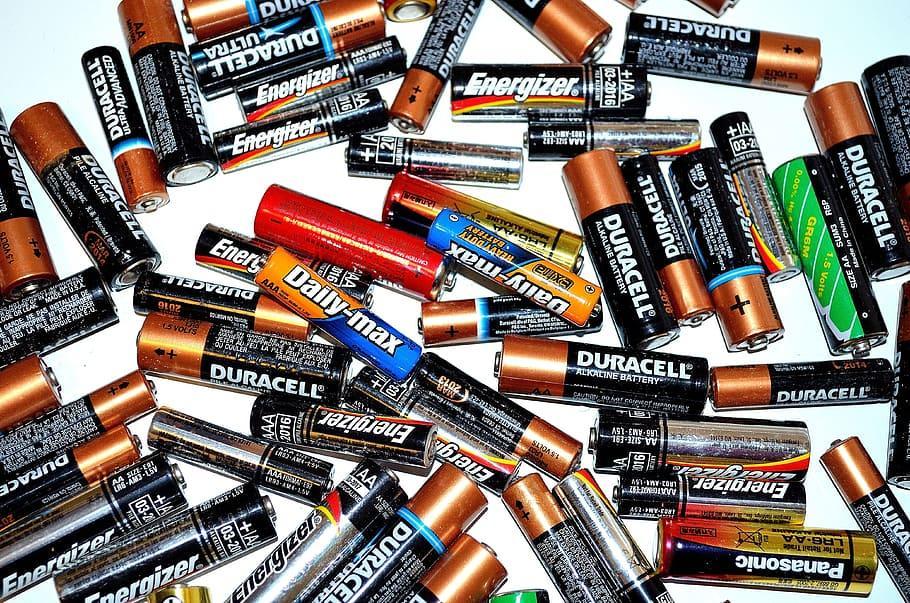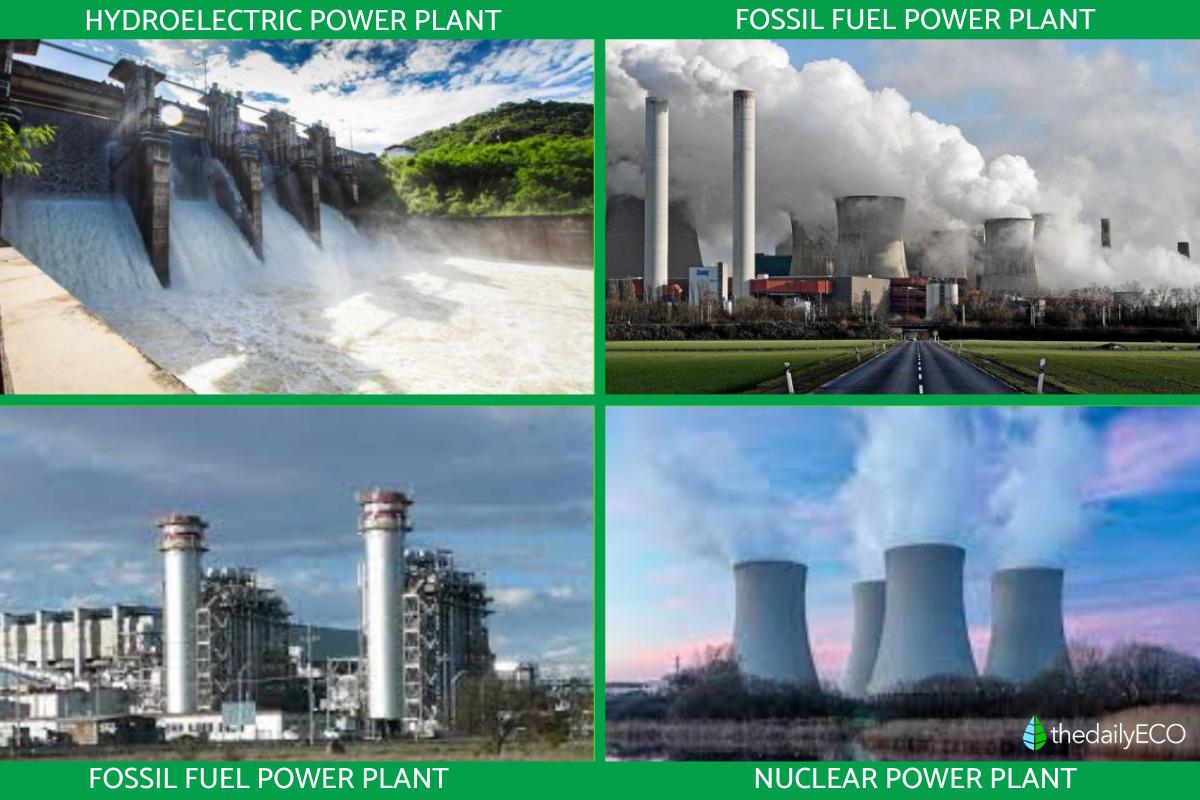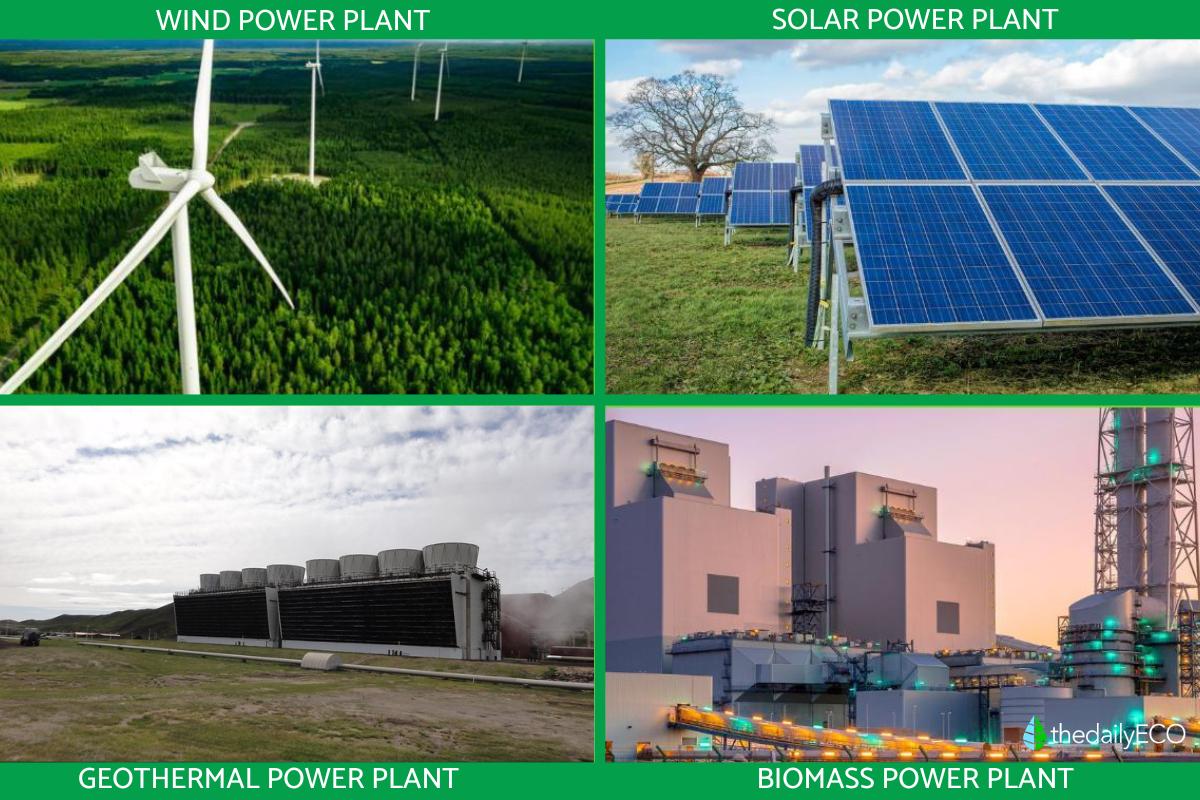How Is Electricity Made?


Electricity is a form of energy that results from the motion of charged particles, such as electrons. It plays an important role in our daily lives, powering everything from lamps and appliances to computers and electronic devices. Understanding the properties and behavior of electricity is critical for a variety of applications. These include the design and operation of electrical systems and devices, the development of new technologies, and the study of natural phenomena such as lightning and the behavior of charged particles in the atmosphere, to name a few.
In the following article from thedailyECO, we explain what is electricity and how is it made.
What is electricity?
Electricity is a form of energy resulting from the motion of charged particles, such as electrons. Along with gravity and magnetism, it is a fundamental force of nature and plays a crucial role in our daily lives, powering everything from lighting and appliances to electronic devices and transportation.
Electricity is measured in units of electric charge (coulombs) and electric potential difference (volts), and its flow is measured in units of electric current (amperes). These basic units are used to describe the behavior and characteristics of electrical circuits, which are systems of interconnected electrical components that allow a controlled flow of current.
The understanding and use of electricity as a practical energy source began in the late 19th century. One of the key figures in the development of modern electrical technology was American inventor Thomas Edison, who is often credited with the invention of the first practical electric light bulb in 1879. Around the same time, other inventors and scientists were also working on the development of electrical generators, motors, and transmission systems.
In the decades that followed, the use of electricity grew rapidly and became an essential part of modern life. Electricity has enabled the development of many modern technologies, from computers and smartphones to electric cars and renewable energy systems. Overall, electricity has revolutionized the way we live, work, and communicate. Its importance will only continue to grow as new technologies and applications emerge.

How electricity is made?
Electricity can be generated on a large scale in power plants from various primary energy sources such as fossil fuels, nuclear reactions, or renewable sources such as wind, solar, hydroelectric, and geothermal. Power plants often use mechanical energy to drive turbines that generate electricity.
On the other hand, electricity can also be generated on a smaller scale using specialized devices such as solar panels, wind turbines, or small hydroelectric plants. These devices can generate electricity in small quantities suitable for residential or small commercial use, and can be a practical and sustainable alternative to using only electricity from large power plants.
The following are some ways to produce electricity, regardless of scale:
- Fossil fuels: burning coal, oil, and natural gas in power plants produces steam that drives turbines that generate electricity.
- Nuclear reactions: nuclear power plants use heat generated by nuclear reactions to produce steam that drives turbines, similar to power plants that use fossil fuels.
- Renewables: renewables such as wind power, solar power, hydroelectric power, and geothermal power can generate electricity by using natural energy sources.
- Fuel cells: fuel cells generate electricity through a chemical reaction between hydrogen and oxygen, producing only water and heat as byproducts.
- Batteries: batteries store chemical energy that can be converted into electrical energy when needed.
The electricity generated can be transmitted over long distances through power grids that use transformers to increase or decrease the voltage of the electricity as required for efficient transmission. At the point of consumption, the voltage is reduced again to allow safe and appropriate use in homes, businesses and other applications.
Types of power plants
Depending on the primary energy source used to produce mechanical energy, one classification or another of power plants can be made. From this distinction, we find 8 types of power plants where electricity is produced:
- Fossil fuel power plants: These power plants burn fossil fuels, such as coal, oil, and natural gas, to generate electricity. The burning of these fuels produces heat, which is used to create steam that drives turbines that generate electricity.
- Hydroelectric power plants: these power plants use the energy of flowing water to generate electricity. Water is stored in a reservoir and released through turbines, which generate electricity as the water flows through them.
- Nuclear power plants: These power plants use nuclear reactions to generate heat, which is then used to create steam that drives turbines to generate electricity.
- Wind power plants: These power plants use the energy of wind to generate electricity. Wind turbines convert the kinetic energy of the wind into electrical energy, which is then transmitted to the grid.
- Solar power plants: These power plants use the energy of the sun to generate electricity. Photovoltaic cells convert sunlight into electrical energy, which is then transmitted to the grid.
- Geothermal power plants: These power plants use the heat from the earth's interior to generate electricity. Steam or hot water is extracted from underground and used to drive turbines that generate electricity.
- Biomass power plants: These power plants use organic materials, such as wood, agricultural waste, or municipal solid waste, to generate electricity. The organic material is burned to produce steam, which drives turbines that generate electricity.
You might be interested in this other article, where we discuss the main characteristics of renewable and non-renewable energies, as well as their differences.


How does electricity get to homes?
After generation, electricity is transmitted at high voltages to substations via power lines, often mounted on tall transmission towers.
At the substations, transformers reduce the voltage of the electricity and distribute it to smaller distribution lines that carry the electricity to residential areas and individual homes. The distribution lines are often mounted on wooden poles or buried underground.
When the electricity reaches homes, it is routed through a service line. This is a cable that runs from a transformer on a nearby power pole or underground. The house connection line is connected to a meter that measures the amount of electricity consumed.
The meter is then connected to a main switchboard that distributes the electricity to individual circuits in the house. These circuits power lamps, home appliances, electronics, and other devices. The circuits are protected by breakers or fuses that prevent overloads and short circuits.
Do not miss this other article about St. Elmo's fire weather phenomenon.
If you want to read similar articles to How Is Electricity Made?, we recommend you visit our Renewable energies category.

